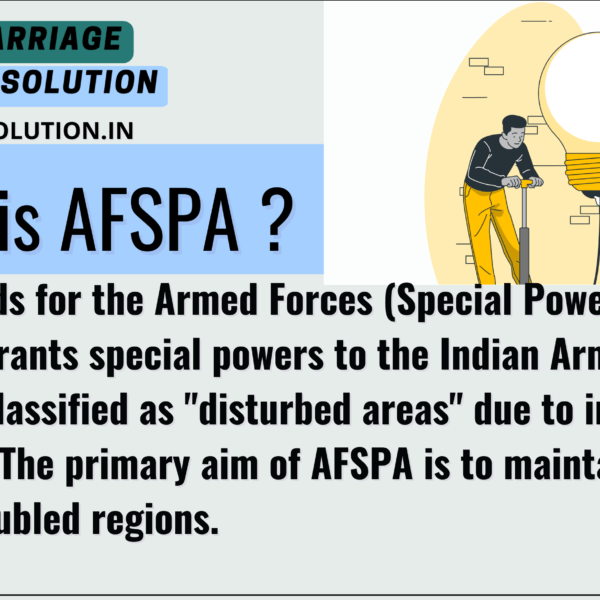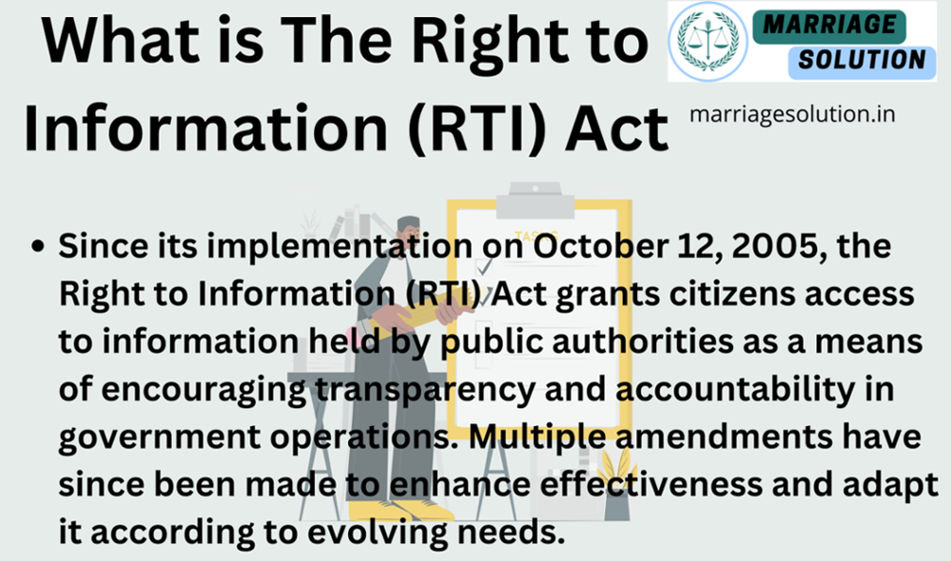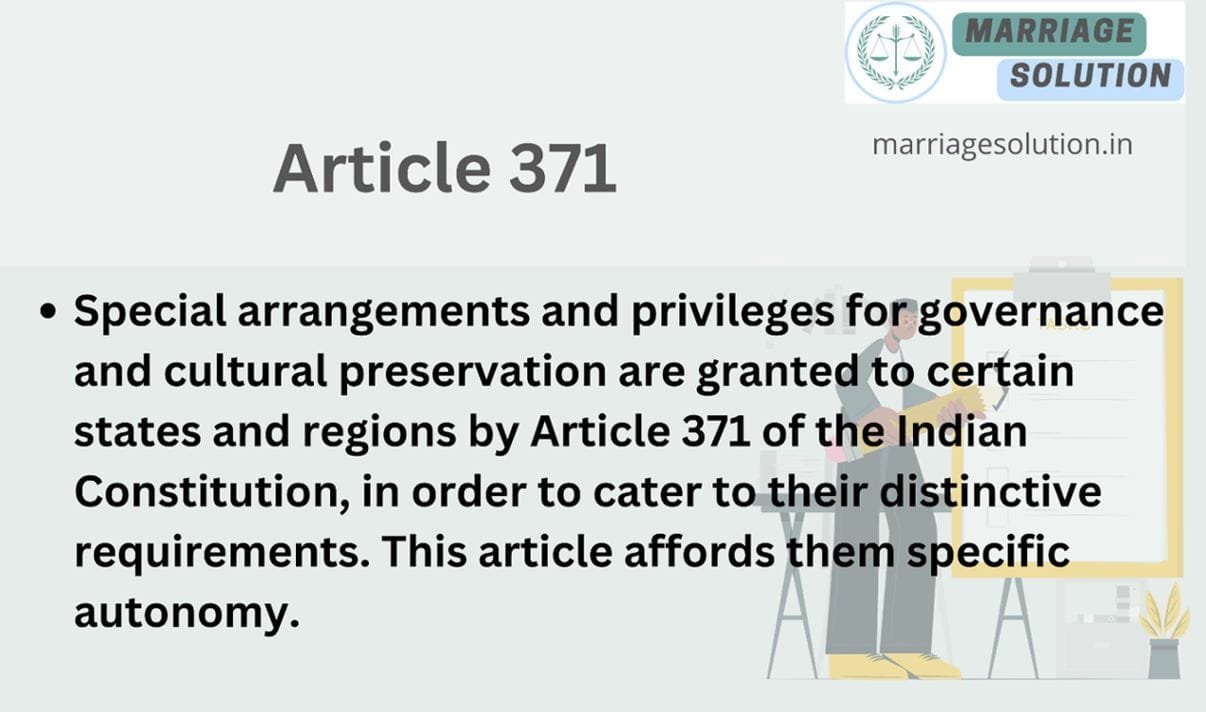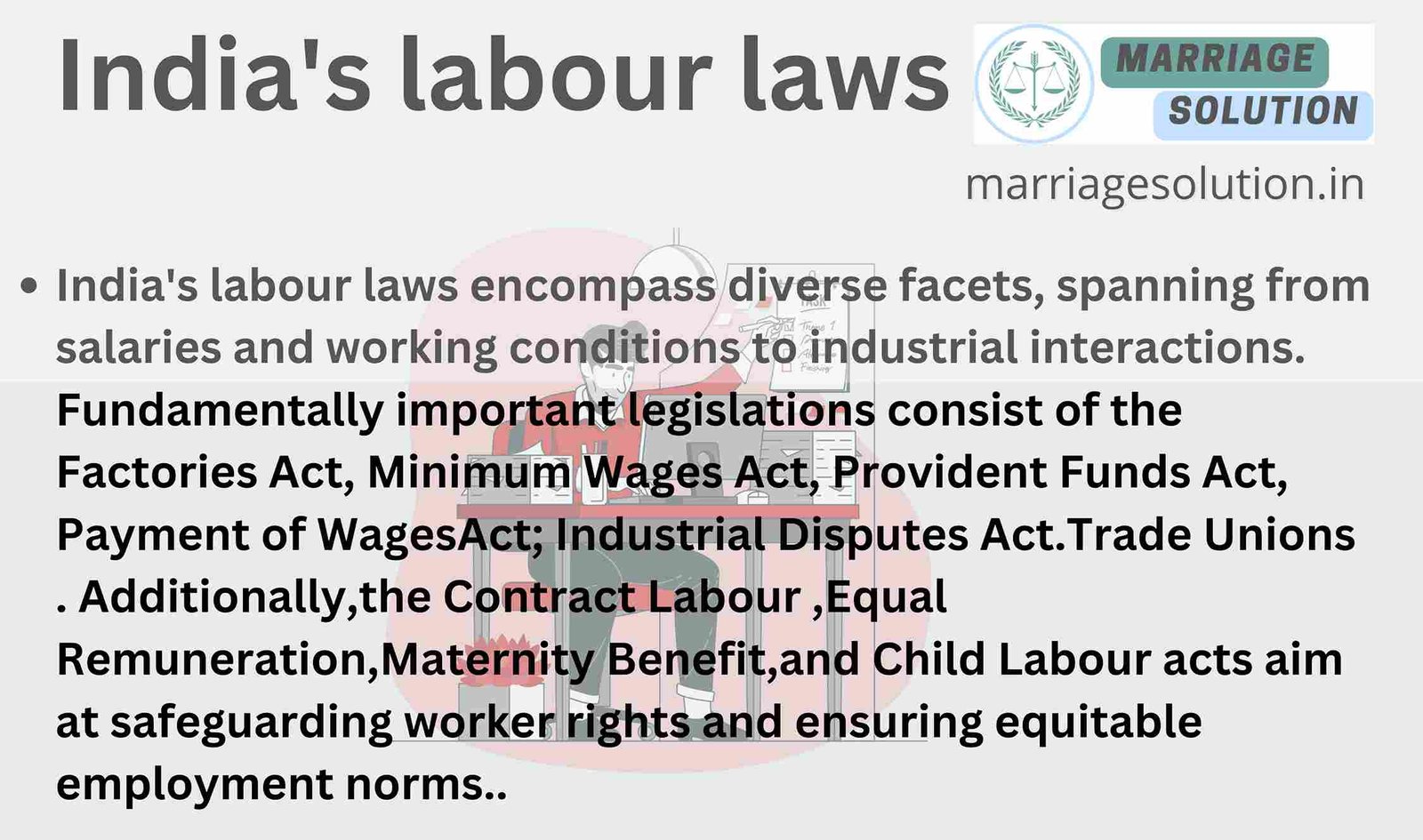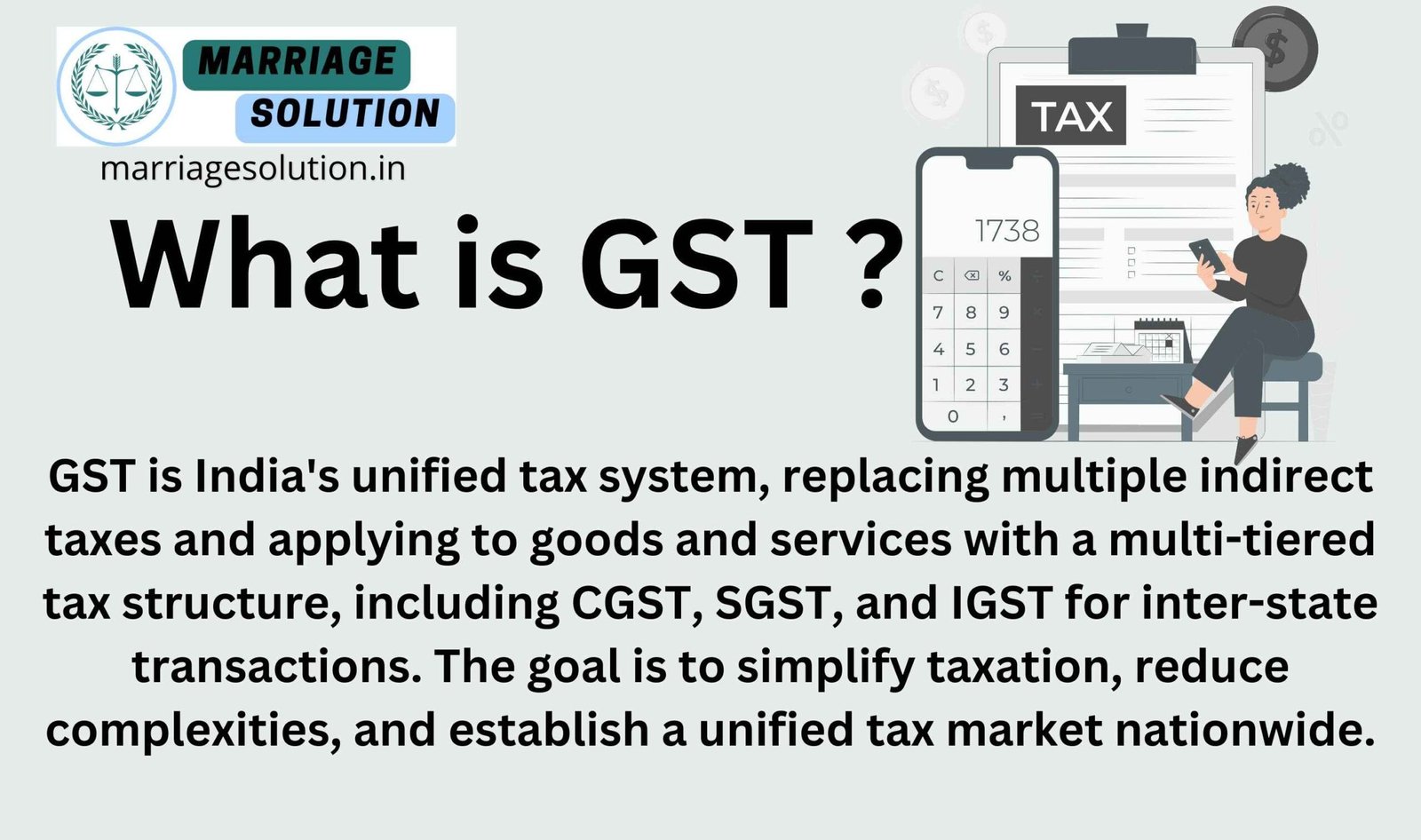Introduction of IPC 145
Section 145 of the Indian Penal Code (IPC) deals with staying in an unlawful assembly after authorities have used force to break it up. It’s a “final warning” for people who refuse to leave a dangerous crowd even after being told to disperse by force. This law helps maintain public order in extreme situations where crowds have become a significant threat. Understanding IPC 145 is important to know what could happen if you ignore orders to disperse when force is involved.
- Introduction of IPC 145
- What is IPC Section 145 ?
- Section 145 IPC in Simple Points
- IPC Section 145 Overview
- 1. Use of Force
- 2. Knowledge Requirement
- 3. Continuing Participation
- 4. Immediate Danger
- 5. Higher Penalties
- 6. Protection of Law Enforcement
- 7. Public Safety Priority
- 8. Individual Responsibility
- 9. Part of Crowd Control Strategy
- 10. Preventing Escalation of Violence
- Examples of IPC Section 145
- Example 1: Political Rally Turns Violent
- Example 2: Religious Procession Disturbance
- Section 145 IPC case laws
- IPC 145 Punishment
- 145 IPC bailable or not ?
- Section 145 IPC in short information
- 145 IPC FAQs
- If you need support with court proceedings or any other legal matters, don’t hesitate to reach out for assistance.
What is IPC Section 145 ?
IPC Section 145 deals with situations where a person continues to be part of an unlawful assembly even after authorities have used force to disperse it. This law ensures that once police take action to break up a violent or unlawful gathering, people must leave immediately. Staying in such a crowd is considered a crime under this section.

Section 145 IPC in Simple Points
1. Force is Used When the Situation is Serious
Authorities use force like tear gas, water cannons, or baton charges only when a crowd becomes dangerous. This means that peaceful gatherings do not come under this law. If force is used, it is a sign that the situation is no longer under control. The law ensures that people understand the seriousness of the event. Once force is applied, people must leave immediately. Staying in such a situation increases the risk of harm. The law makes it clear that ignoring police warnings can have legal consequences.
2. You Must Know That Force Was Used
To be guilty under this law, a person must be aware that authorities have used force to disperse the crowd. Simply being present at a gathering is not enough. If someone does not know that force has been used, they cannot be held responsible. However, if they see the police using tear gas or batons and still stay, they are knowingly violating the law. This law ensures that people who intentionally ignore police actions are punished. It prevents people from making excuses later by claiming they were unaware of the situation.
3. Staying in the Crowd After Force is Illegal
This law applies only to those who continue to stay in a crowd after police have tried to break it up. If force has been used, it means the crowd is a serious threat. Those who refuse to leave are seen as part of the problem. Just like leaving a dangerous area during an emergency, people must leave when the police order them to. Staying behind can lead to injuries and more violence. The law is meant to stop people from making the situation worse by remaining in a dangerous crowd.
4. Public Safety is the Main Goal
This law is created to protect people from harm in dangerous situations. When a crowd becomes violent, the priority is to clear the area as quickly as possible. Delaying can lead to injuries, property damage, or even loss of life. This law ensures that people take police warnings seriously and leave without causing further trouble. By following this rule, people can help prevent unnecessary violence. The goal is to keep everyone safe, including the public and law enforcement officers.
5. Police Have the Right to Enforce This Law
This law gives police the authority to take action when a situation gets out of control. It allows them to clear an area without interference. If people refuse to leave, they are disobeying legal orders. The law protects police officers from resistance while they are trying to restore order. Without such a law, it would be difficult to manage large, violent crowds. This ensures that police can act quickly and effectively to prevent further damage or injuries.
IPC Section 145 Overview
“Whoever, knowing that force has been used to disperse an unlawful assembly, continues to be a part of that assembly shall be punished with imprisonment up to two years, a fine, or both.”
This means:
Continuing in the assembly – If someone stays after force is used, they are guilty under IPC 145.
Unlawful assembly must exist – The group must already be declared unlawful by authorities.
Force must be used – Police must have taken action (like tear gas, water cannons, or lathi charge) to disperse the crowd.
Knowledge of force – The person must be aware that force was used to break up the crowd.
10 Key Points with Detailed Explanations
1. Use of Force
This law applies when the authorities use force to disperse a crowd. Force can include tear gas, water cannons, or baton charges. When such measures are taken, it indicates that the situation is no longer peaceful and has become a serious threat to public safety. The law recognizes that if force is needed, the gathering is dangerous, and further presence in such an environment can lead to more violence or destruction. Authorities take such steps only when other measures, like verbal warnings, have failed.
2. Knowledge Requirement
A person can be guilty under this law only if they are aware that force has been used to disperse the crowd. Simply being present at a gathering does not automatically make someone guilty. The person must know that the situation has escalated to a dangerous level. If they are unaware that force has been used, they may not be held responsible under this section. However, if they see police using force and still decide to remain in the crowd, they are knowingly violating the law.
3. Continuing Participation
This law primarily applies to those who stay in the crowd even after the authorities have used force to break it up. It means that if someone remains in the area despite clear signs of danger, they are actively participating in an unlawful gathering. It is similar to staying at a party where the host is asking people to leave by force—those who remain are knowingly violating the rules. Staying in a dangerous crowd increases the risk of harm to both the person and others around them.
4. Immediate Danger
The use of force by authorities is only permitted when a situation has reached a point where immediate danger is present. This means that there is a real and urgent risk of violence, injury, or destruction. Crowds in such situations can quickly turn chaotic, making it difficult to control the spread of harm. When force is used, people must understand that staying in the area is extremely risky. The law, therefore, holds individuals accountable for staying in a place where they can contribute to more disorder.
5. Higher Penalties
This section imposes stricter penalties because the situation involves a significant public threat. The law views disobedience in such conditions as a more serious offense. This is to ensure that people take public safety seriously and comply when authorities try to restore order. Harsher penalties act as a warning to prevent individuals from staying in a dispersed crowd, as doing so can lead to further violence and lawlessness.
6. Protection of Law Enforcement
This law is designed to give law enforcement the necessary authority to control dangerous situations. Officers handling such cases face significant risks, and this law helps them carry out their duties without interference. It ensures that when they take action to disperse a crowd, their authority is respected. If people refuse to leave, they are not only breaking the law but also making it harder for officers to maintain peace. This legal protection allows law enforcement to act decisively when needed.
7. Public Safety Priority
The primary goal of this law is to protect public safety in extreme situations. When a crowd becomes uncontrollable, it is crucial to remove people from the area as quickly as possible. Delays can lead to further violence, injuries, or damage to public and private property. This section ensures that the focus remains on preventing harm to innocent people and restoring order as soon as possible. By holding individuals accountable for staying in a dangerous crowd, the law aims to minimize risks.
8. Individual Responsibility
This law highlights personal responsibility in ensuring public safety. Even if someone did not start the violence, their decision to remain in the crowd after force has been used makes them part of the problem. The law does not excuse individuals who claim they were just spectators. By choosing to stay, they risk escalating the situation and are therefore treated as contributors to the disturbance. This ensures that people think carefully before remaining in a dangerous gathering.
9. Part of Crowd Control Strategy
This law is an essential part of India’s overall strategy for managing large and potentially violent crowds. It works alongside other laws that regulate unlawful assemblies and rioting. The goal is to give authorities a strong legal tool to break up gatherings before they become even more dangerous. Having such laws in place ensures that law enforcement can act quickly to prevent riots, property damage, or loss of life. This section plays a crucial role in maintaining law and order.
10. Preventing Escalation of Violence
The law is designed to stop minor disturbances from turning into full-scale riots. When people refuse to leave after force has been used, the risk of greater violence increases. Authorities need a way to ensure compliance, and this section provides legal backing for strict action. If people follow the law and leave immediately, many violent incidents can be avoided. The law serves as a warning and a safeguard against unnecessary injuries and destruction.
Examples of IPC Section 145
Example 1: Political Rally Turns Violent
A political rally in a city turns into a violent protest. The police issue warnings to disperse the crowd. When the protesters refuse, the police use water cannons and tear gas. Some protesters leave, but others, including Ravi, continue to stay and shout slogans. Since Ravi was aware that the police used force and still refused to leave, he can be charged under IPC 145.
Example 2: Religious Procession Disturbance
A religious procession in a town leads to clashes between two groups. The police declare the gathering unlawful and use batons to clear the area. However, some individuals, including Arjun, refuse to leave and keep provoking others. Arjun’s actions make him guilty under IPC 145 since he did not leave after police intervention.
Section 145 IPC case laws
1. Kedar Nath Singh v. State of Bihar (1962)
Case Summary: Kedar Nath Singh was accused of making inflammatory speeches that led to an unlawful gathering. The police attempted to disperse the crowd using force, but many people, including the accused, continued to stay and provoke violence.
Court’s Ruling: The Supreme Court upheld the punishment for those who stayed after the police had used force. The court ruled that freedom of speech does not include the right to create violence or disrupt public order.
Result: Kedar Nath Singh was convicted under IPC Section 145 for remaining in a violent crowd after force was used to disperse it.
2. Emperor v. Bal Gangadhar Tilak (1897)
Court’s Ruling: The British-era court ruled that speeches leading to violence and unlawful gatherings are punishable. Even though Tilak was not personally violent, his speeches encouraged people to resist the authorities.
Result: Tilak was convicted and sentenced to imprisonment. This case set a precedent that public figures must act responsibly to prevent riots.
3. State of Maharashtra v. Dattatraya Samant (1977)
Case Summary: Dattatraya Samant led a workers’ protest that turned into a violent demonstration. The police used force to disperse the protesters, but many refused to leave, leading to clashes with law enforcement.
Court’s Ruling: The Bombay High Court ruled that remaining in a violent gathering after force is used is a criminal offense. The court emphasized that even those who did not directly participate in violence but stayed back were guilty under IPC 145.
Result: Several protesters, including the leaders, were convicted for not leaving the area after the police used force.
4. Ramlila Maidan Incident v. Union of India (2012)
Case Summary: During a large protest at Ramlila Maidan in Delhi, the police used force to break up the crowd due to security concerns. Many protesters refused to leave and clashed with the police.
Court’s Ruling: The Supreme Court observed that while the right to protest is fundamental, it does not extend to resisting lawful police action. Protesters must leave once force is used to restore order.
Result: The court ruled that those who stayed in the crowd despite police warnings were guilty under IPC 145. It reaffirmed that public safety takes priority over protests.
5. Shanti Lal v. State of Rajasthan (1999)
Case Summary: Shanti Lal and a group of people gathered for a religious procession, which later turned violent. The police ordered them to disperse and later used force, but Shanti Lal and many others refused to leave.
Court’s Ruling: The Rajasthan High Court ruled that even though the gathering started peacefully, it became unlawful when violence broke out. Those who stayed behind after police action were responsible for escalating the situation.
Result: Shanti Lal was convicted under IPC 145, reinforcing that people must leave immediately when ordered by authorities in dangerous situations.
145 IPC Punishment
Imprisonment: If found guilty under IPC 145, you could face up to two years in prison.
Fine: Along with or instead of jail time, the court can impose a fine.
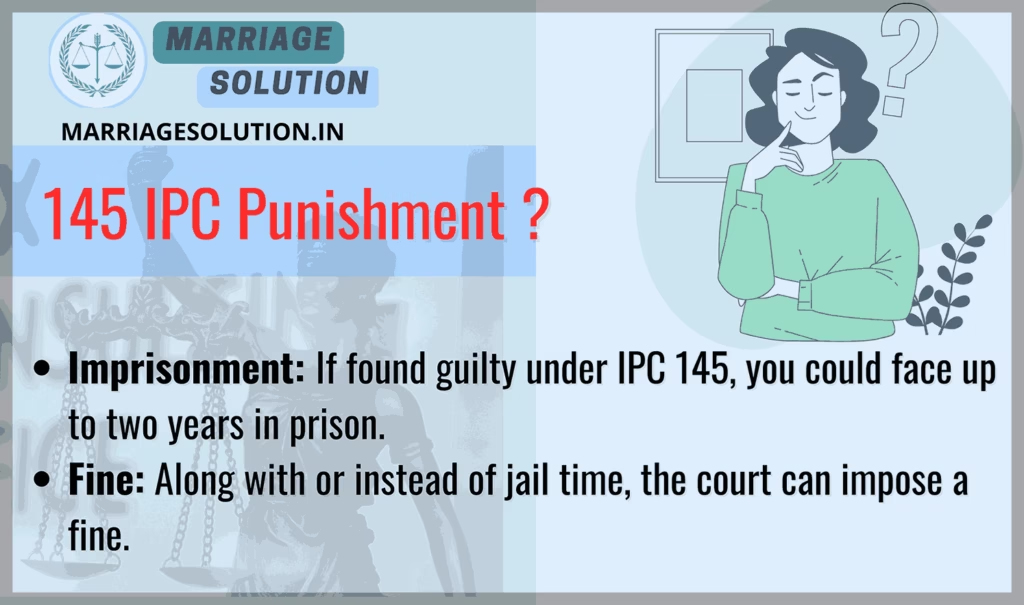
145 IPC bailable or not ?
IPC 145 is generally a bailable offense, meaning you have the right to be released on bail if arrested. However, because it involves more serious circumstances, getting bail might be trickier. The court will consider how much force was used and why you stayed. If charged with other serious offenses along with IPC 145, those might affect your ability to get bail.
Section 145 IPC in short information
| IPC Section | Offense | Punishment | Bailable/Non-Bailable | Cognizable/Non-Cognizable | Trial By |
|---|---|---|---|---|---|
| 145 | Continuing in an unlawful assembly after force is used to disperse it | Up to 2 years imprisonment or fine, or both | Bailable | Cognizable | Magistrate |
145 IPC FAQs
What is IPC 145?
Imagine a riot so bad the police use tear gas to break it up. IPC 145 is like a “final warning” for anyone who stays in the crowd after that. It’s a serious offense because the situation has become dangerous.
How can I get in trouble under IPC 145?
If you’re in a crowd that gets violent and the police use force (tear gas, water cannons) to disperse it, you can be charged with IPC 145 if you choose to stay. You need to be aware that force has been used, not just be part of the crowd.
What’s the punishment for IPC 145?
The punishment is similar to IPC 144, but with potentially harsher sentences. You could face up to 2 years in jail and/or a fine. The exact punishment depends on how long you stayed and your actions (e.g., encouraging others).
Difference between protest and IPC 145?
Peaceful protests are legal. But if a protest gets violent and disobeys an order to disperse with force, it becomes unlawful. Anyone who stays in the crowd can be charged under IPC 145.
If you need support with court proceedings or any other legal matters, don’t hesitate to reach out for assistance.
Court or any other marriage-related issues, our https://marriagesolution.in/lawyer-help-1/ website may prove helpful. By completing our enquiry form and submitting it online, we can provide customized guidance to navigate through the process effectively. Don’t hesitate to contact us for personalized solutions; we are here to assist you whenever necessary!
Right to Information RTI act :Your Comprehensive Guide (Part 1)
The Right to Information (RTI) Act : Explore the essence of the Right to Information (RTI) Act through this symbolic image. The image features legal documents, emphasizing the importance of transparency and accountability in governance. The scales of justice represent…
What is Article 371 of Indian Constitution ?
Article 371 of the Indian Constitution grants special provisions to specific states and regions within India, addressing their unique historical, social, and cultural circumstances. These provisions aim to accommodate diverse needs and protect cultural identities within the constitutional framework.
Indian Labour law : Your Comprehensive Guide (Part 1)
The purpose of labour laws is to safeguard employees and guarantee equitable treatment at the workplace, encompassing aspects such as remuneration, security, and perks. These regulations establish a secure ambiance by imposing minimum wage requirements, ensuring factory safety measures are…
GST :Your Comprehensive Guide (Part 1 – Understanding the Basics)
The Goods and Services Tax (GST) is like a big change in how we pay taxes in India. It started on July 1, 2017, and it’s here to simplify things. Before GST, we had many different taxes, and it could…

